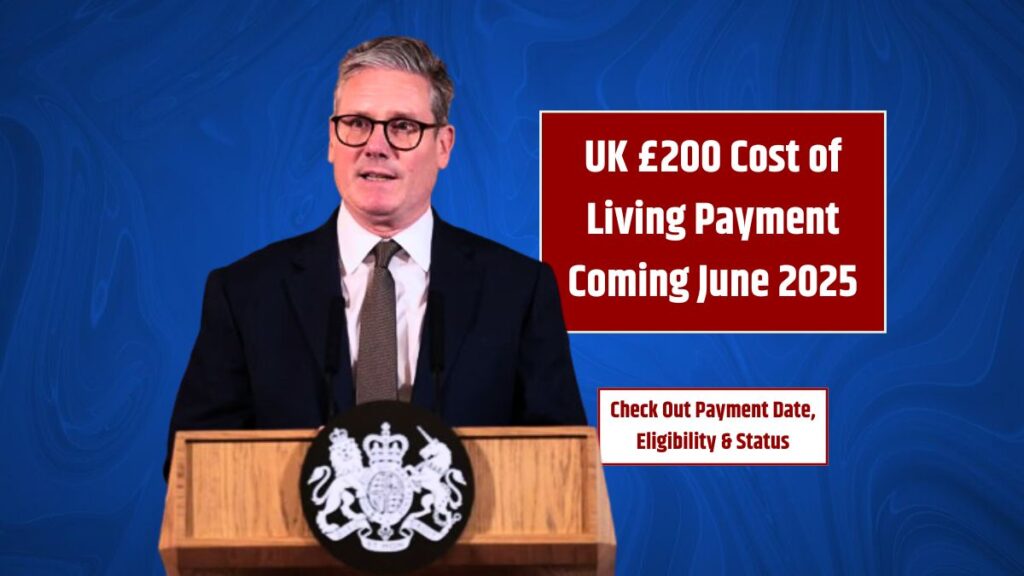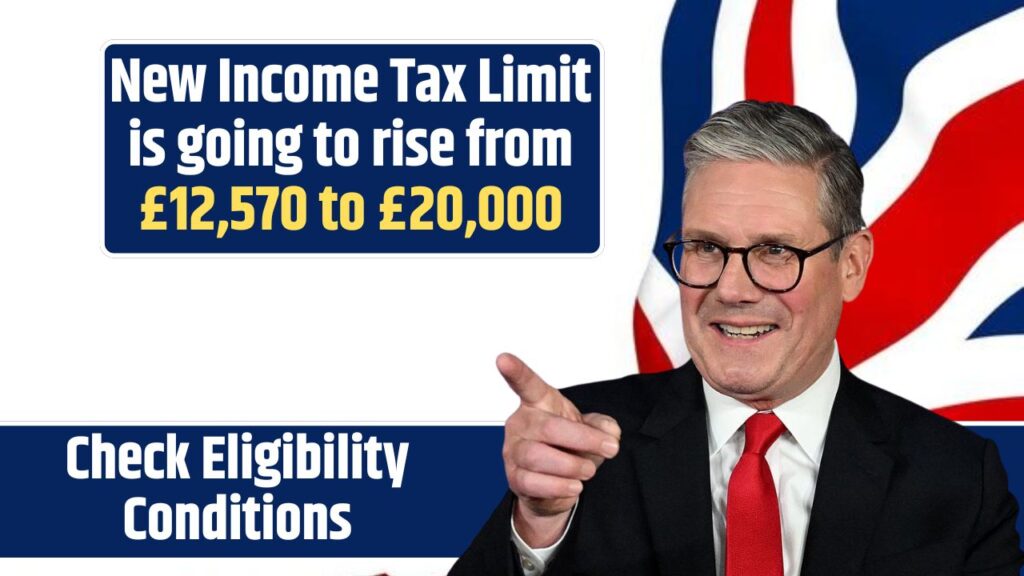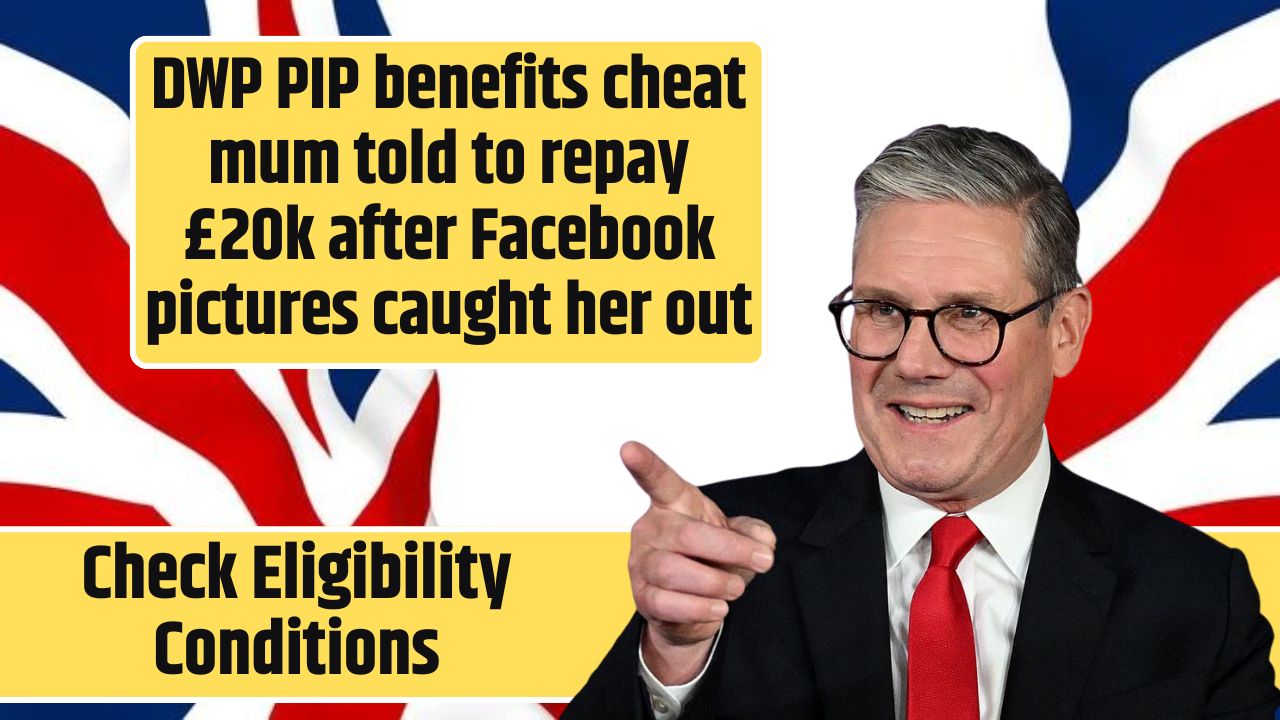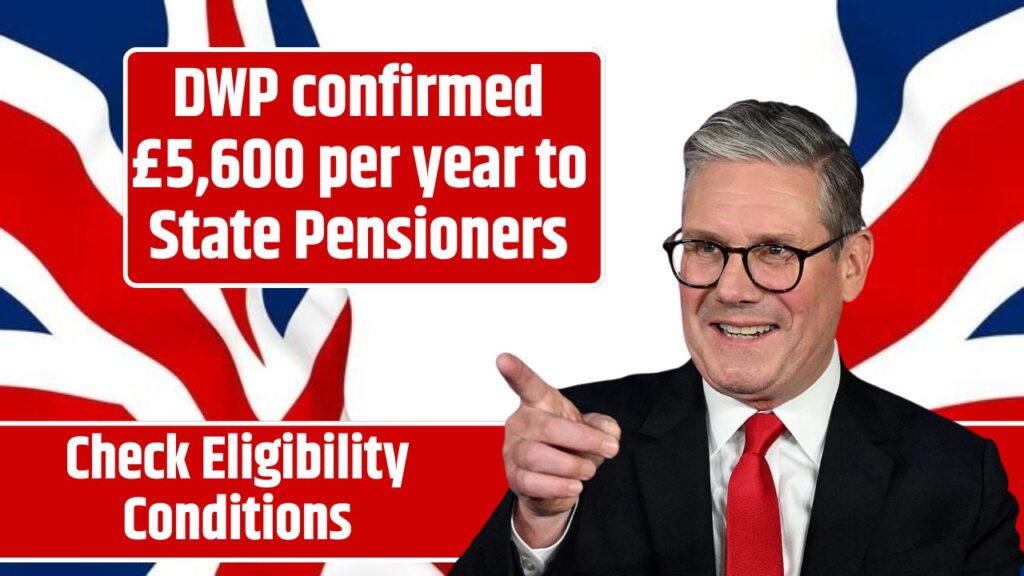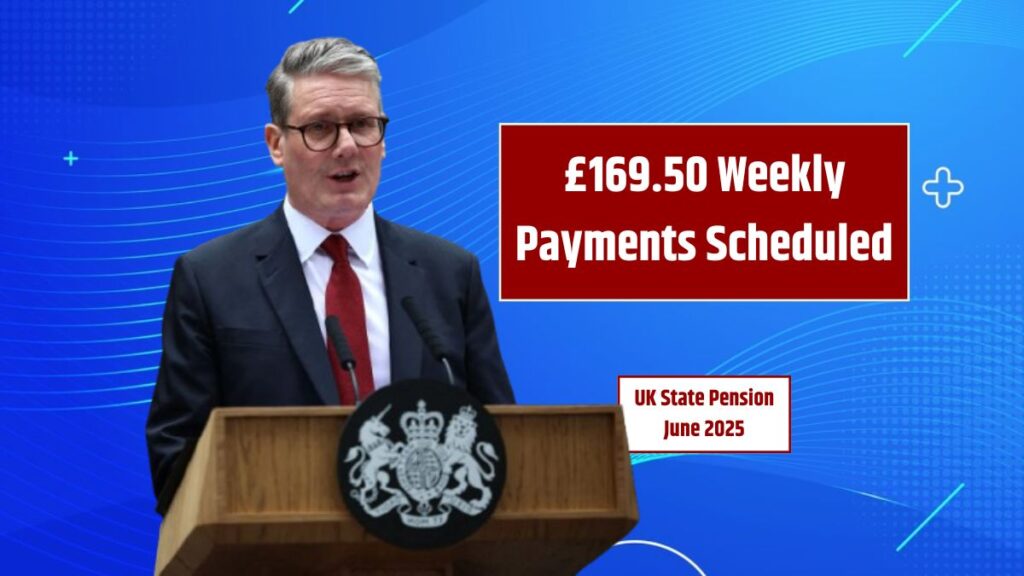As April rolls in, many Americans are eagerly watching their bank accounts—and for good reason.
A new wave of financial relief is on the horizon in the form of an $800 stimulus check, aimed at helping households weather the ongoing economic uncertainty. With inflation still driving up everyday costs and millions feeling the pinch, this payment could offer much-needed breathing room.
Here’s what you need to know about the $800 stimulus: who qualifies, when it’s coming, and how to make sure you get it.
What Is the $800 Stimulus Check?
This stimulus payment is part of a broader federal relief strategy designed to offset rising living expenses and provide direct financial assistance to households still feeling the economic effects of inflation. Whether you’re catching up on utility bills, buying groceries, or just trying to stay afloat, this check is meant to provide temporary financial support.
Unlike tax credits that require you to file and wait, this stimulus is mostly automatic, making it accessible for many Americans without added paperwork—though some people may need to take extra steps.
Quick Overview
| Feature | Details |
|---|---|
| Amount | $800 per eligible individual |
| Eligibility | Based on income, household size, tax history |
| Timing | Expected to begin in late April 2024 |
| Delivery Method | Direct deposit, paper check, or debit card |
| Source | Internal Revenue Service (IRS) |
Income-Based Eligibility
Your eligibility hinges on your Adjusted Gross Income (AGI) from your most recently filed tax return. Here’s how the income limits break down:
| Filing Status | Full Payment If AGI Is Below |
|---|---|
| Single | $75,000 |
| Head of Household | $112,500 |
| Married Filing Jointly | $150,000 |
Payments phase out gradually above these limits and disappear entirely at higher income levels. So, even if your income is slightly over the threshold, you could still receive a reduced payment.
Additional Payments for Dependents
If you’re a parent or caregiver, you may qualify for more than just $800. Eligible dependents under age 17 could increase your total payment. This boost recognizes the added financial burden families often face—especially when food, housing, and childcare costs are climbing.
Who Gets It Automatically?
If you’ve filed taxes in the last few years and meet the income criteria, you’ll most likely receive your payment automatically. The IRS will use your previous return to verify eligibility and send the money directly.
However, if you didn’t file because your income was too low or you haven’t filed recently, you may need to take action. That could involve submitting a simple tax return or using the IRS’s Non-Filers Tool to provide your current information.
When Will the Money Arrive?
The IRS has signaled that payments will begin rolling out in late April 2024, though no specific date has been confirmed yet. Most people can expect to receive their money shortly after payments start, depending on the method of delivery.
How You’ll Get Paid
The delivery method depends on what the IRS has on file for you:
- Direct Deposit – The fastest method. Funds usually appear in your account within a few days of processing.
- Paper Check – If you don’t use direct deposit, a check will be mailed. This could take 1–3 weeks.
- Prepaid Debit Card – Some recipients may receive a government-issued debit card loaded with their stimulus amount.
To avoid delays, make sure your banking info and mailing address are current with the IRS.
How to Claim If You’re Not Filed or Unsure
If you’re not sure whether you’ll receive the check, follow these four steps:
- Check Eligibility
Use the IRS’s Eligibility Tool to confirm your status based on income and dependents. - Update Your Information
If your bank account or address has changed, log in to the IRS website and make updates to ensure smooth delivery. - File Necessary Forms
If you haven’t filed taxes recently, submit a basic Form 1040 or use the IRS Non-Filers Tool. - Track Your Payment
Use the Get My Payment tool to check the status of your check in real time.
The $800 stimulus check could arrive just in time for millions of Americans feeling the squeeze of rising costs. Whether it’s used to cover bills, buy essentials, or build a small emergency buffer, this relief payment has the potential to make a real difference.
But you have to make sure you’re eligible, keep your info updated, and stay informed. The IRS website remains your most trusted source for official guidance and updates.
FAQs:
Is this $800 check part of a new stimulus bill?
It’s a targeted relief measure, not a full stimulus round like in 2020 or 2021, but it serves a similar purpose—to ease economic strain.
Do I have to apply for the $800 payment?
Not if you’ve filed taxes and meet eligibility rules. Otherwise, you may need to submit a return or use the IRS Non-Filers Tool.
Can I still get it if I didn’t earn income last year?
Yes, low-income individuals or non-filers can still qualify by submitting basic tax info.





